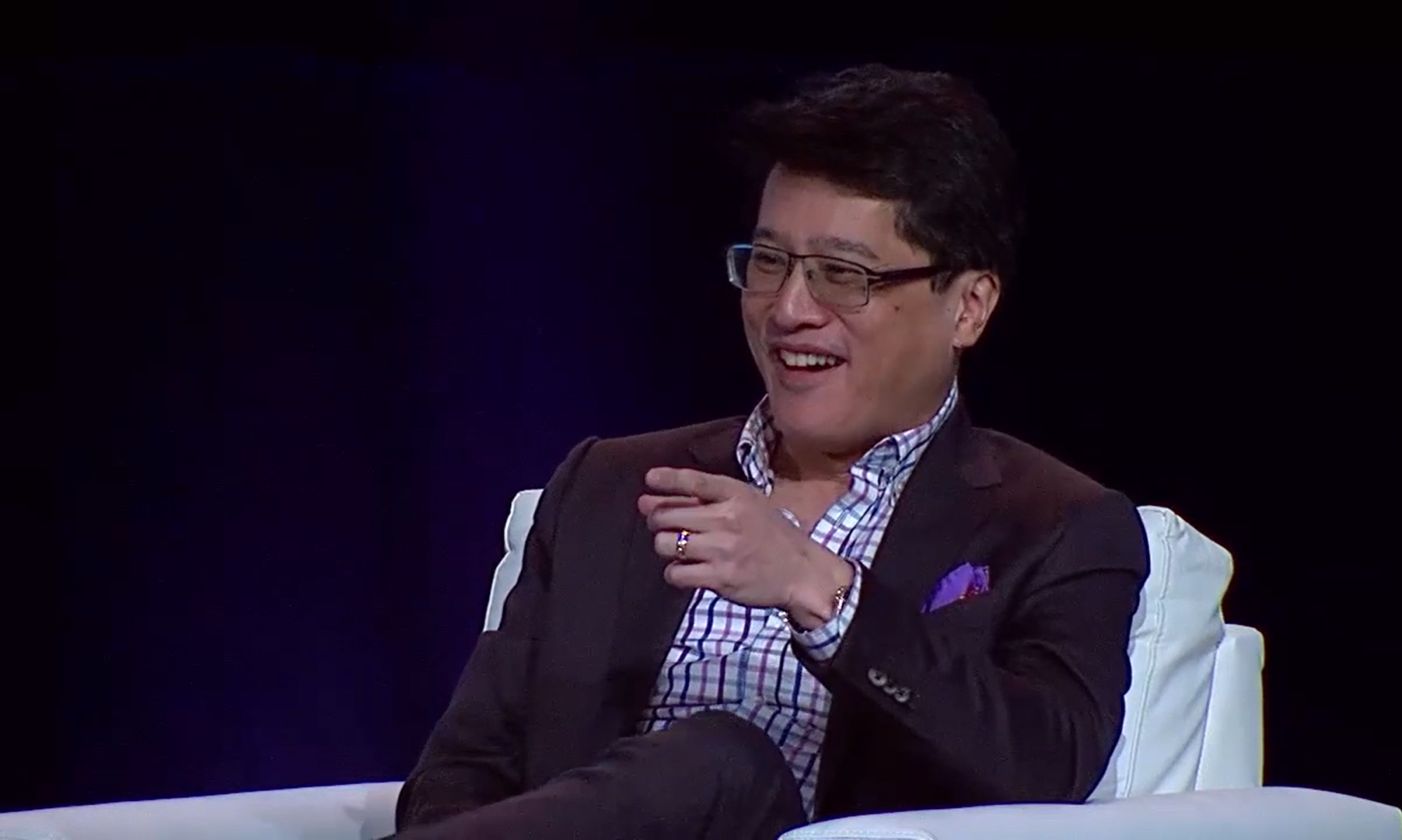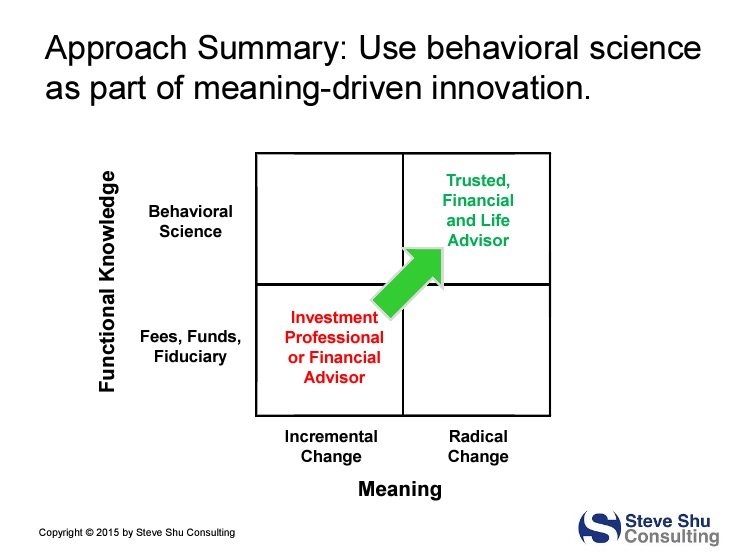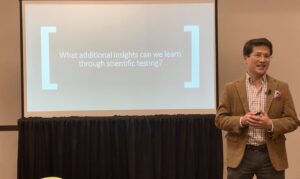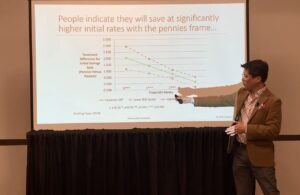As we approach the year-end, I wanted to share some thoughts from my book, The Consulting Apprenticeship: 40 Jump-Ideas for You and Your Business. It is a technique that I’ve seen a number of operating companies and management consulting firms use effectively. I’ve usually called it the Spring Cleaning technique, to connote a sense of renewal that often comes with the pastime of cleaning and refreshing a home early- to mid-year. That said, the technique can really be applied at any time of year.
The Spring Cleaning technique consists of an executive- or management-level meeting to talk about the business in breadth, capture issues (no-holds barred), rank issues, strategize, and divide and conquer. The basic value of a Spring Cleaning management team meeting is as follows:
- The meeting forces people to think proactively. While management may have regular weekly management meetings, it becomes easy to become caught up in the day-to-day grind and push off things that people don’t have time for but know are important.
- The manager that oversees the functional line roles has an opportunity to reset expectations and goals. The psychology of starting fresh can re-energize the organization.
- Involvement of a consultant can provide a third-party perspective, and in some cases, extra project bandwidth to overcome organizational inertia. The consultant may be expected to work with all of the parties above to prepare information in advance, facilitate meeting discussions, organize issues and action items, and develop a project structure for making and tracking progress. The consultant can essentially act as right-hand person to the sponsoring manager.
In the Spring Cleaning meetings that I have worked on, typical meetings may last a couple of days. The first day of meetings may involve level-setting and brainstorming on strategies. Between these days, the consultant may work to organize the notes, data, or perform analyses. The next day of meetings may be spent working through the high points, prioritizing, and identifying more detailed next steps.
While situations vary, the consultant may be retained as a both a project manager for the larger effort and as specialist to work with a specific functional group to implement change. In these change management situations, the organization may be trying to get over humps or change course while running the business. The value of the project management aspect should not be underestimated.
Two other options that I’ve seen are to include specialized workshops that can either:
- precede the Spring Cleaning meeting (as a standalone workshop)
- be more tightly integrated into the Spring Cleaning meeting.
As an example of the first option, I am co-hosting Behavioral Economics Workshops in conjunction with one of my colleagues and partners, Namika Sagara at Sagara Consulting. For those unfamiliar with the term behavioral economics, it is a field that has really grown and examines the psychology of how people form judgments and make decisions. Companies may apply behavioral economics to solve problems in innovative ways. More information on Behavioral Economics Workshops can be found at www.BehavioralEconomics.Info.
It’s rarely a good idea to treat business as usual. Stay on your toes, and take a moment to brainstorm and think about the possibilities of a workshop, renewal session, or Spring Cleaning meeting. Please feel free to reach out to either Namika or me if you want to set up a short call to brainstorm.
Namika Sagara, namika at sagaraconsulting.com
Steve Shu, steve at steveshuconsulting.com
 A thirty-year old might have problems saving for retirement because they think of savings as being for stranger. The solution might be to increase emotional connection between the thirty-year old and their future self so that the right behavior of saving can be achieved.
A thirty-year old might have problems saving for retirement because they think of savings as being for stranger. The solution might be to increase emotional connection between the thirty-year old and their future self so that the right behavior of saving can be achieved.



